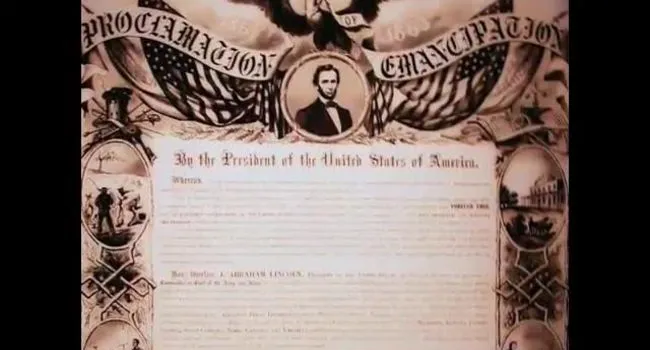Kaltura
Many returning to Florence after World War II saw clearly, possibly for the first time, a great injustice in their own community...segregation.
Brown versus Board of Education" changed race relations in America forever, as the United States Supreme Court struck down the country's separate-but-equal mentality.
A mayor's human relations committee was established in the mid-1960s. The mayor appointed a committee of ten whites and ten blacks to meet.
As the '60s waned, racial discrimination in Florence was by no means a thing of the past, but the situation was greatly improved.
Standards
- 5.4.CC Analyze the continuities and changes of race relations in the United States and South Carolina following the Supreme Court decisions of Briggs v. Elliott and Brown v. Board of Education.
- 8.5.CX Analyze the correlation between the Modern Civil Rights Movement in South Carolina and the U.S.
- This indicator was designed to foster inquiry into the role of South Carolina in the Modern Civil Rights Movement, to include the influence of court cases such as Briggs v. Elliot and Flemming v. South Carolina Electric and Gas. This indicator was also developed to promote inquiry into the relationship between national leadership, protests, and events and South Carolina leadership, protests and events, such as the Friendship Nine and the Orangeburg Massacre.
- USHC.5.CC Evaluate continuities and changes during the Civil Rights Movement and other subsequent movements for equal rights.
- This indicator was developed to promote inquiry into thematic continuities and changes into how marginalized groups sought and won legal rights. Inquiry into the leadership, methods, and outcomes of modern equal rights movements are supported by this indicator.








